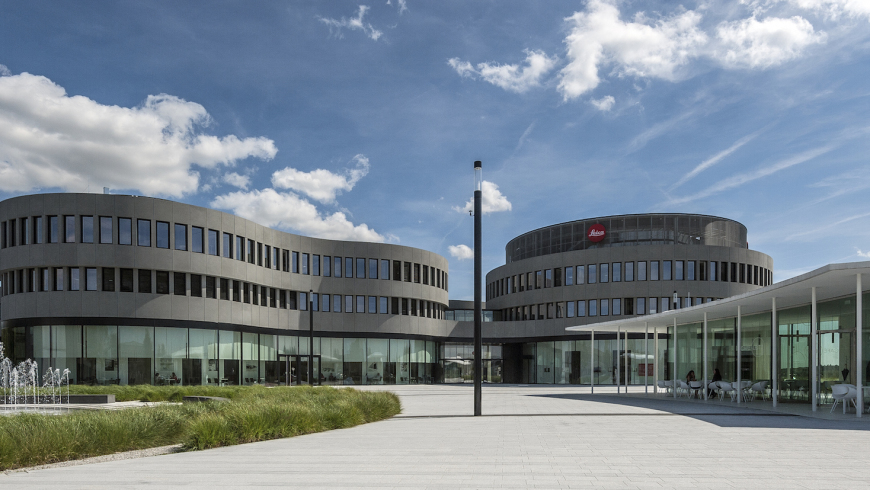
The name Leica is a myth, and a key step in the history of photography. The intuition of its inventor, Oskar Barnack, to design around the notched 35 mm film, used for shooting, a compact metal body to take still photos, and the creation in 1913 of the prototype and the first 30 models in 1923 (under the name of Leica 0), marked a turning point in the work of action photographers that had not had the most decisive developments until the digital era.
With the Leica not only a new photo format was created, which soon assumed its name, but the shots that were previously considered impossible became order of the day. The small compact built in Wetzlar, in Hessen, soon became famous thanks to the images that photographers such as Dr. Paul Wolff and Monsieur Henri Cartier Bresson showed the world.
The mechanical and optical quality of the Leitz brand and the name of the little German town imprinted on the lenses soon became well known and appreciated. A little over a century after Barnack’s project, in 2014, on a hill overlooking Wetzlar, a center opened, the Leitz-park, where the legend is celebrated, class exhibits are exposed and where, while admiring a substantial amount of equipment of the past, one can see live how the contemporary models are assembled. There’s also a Leica store!